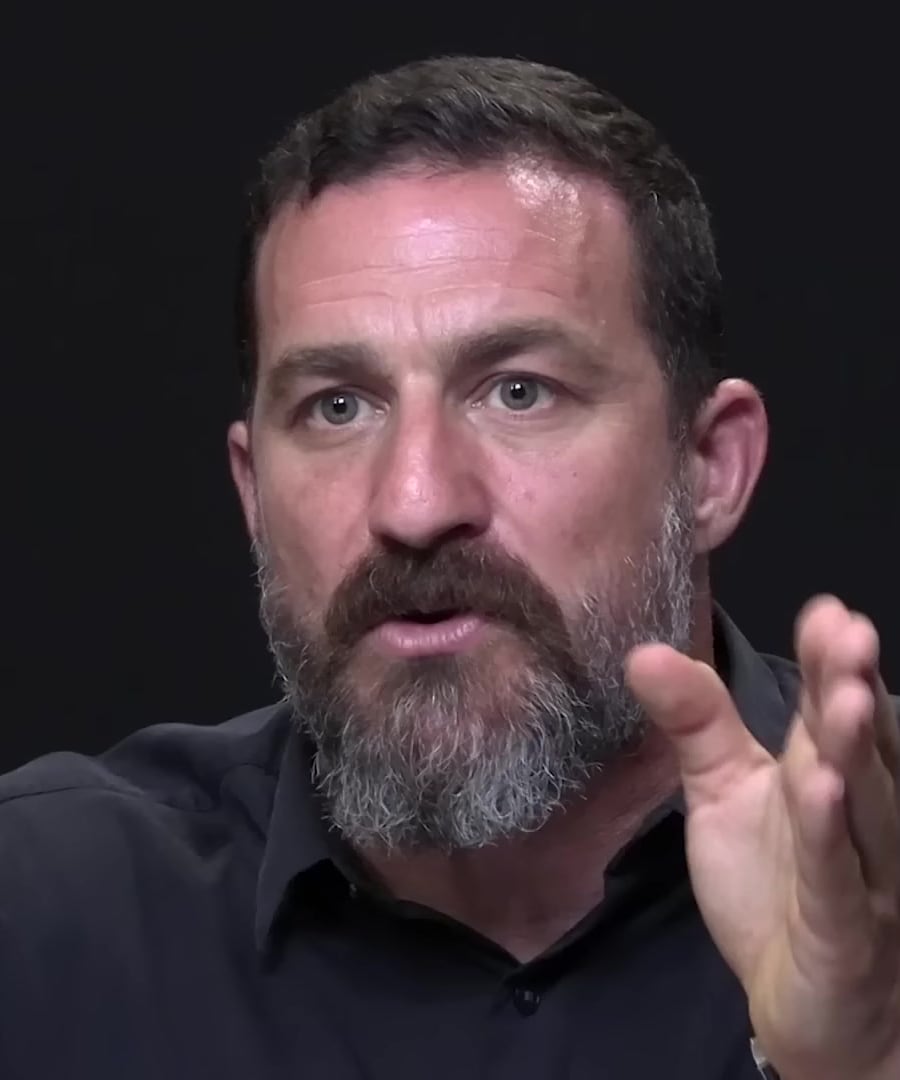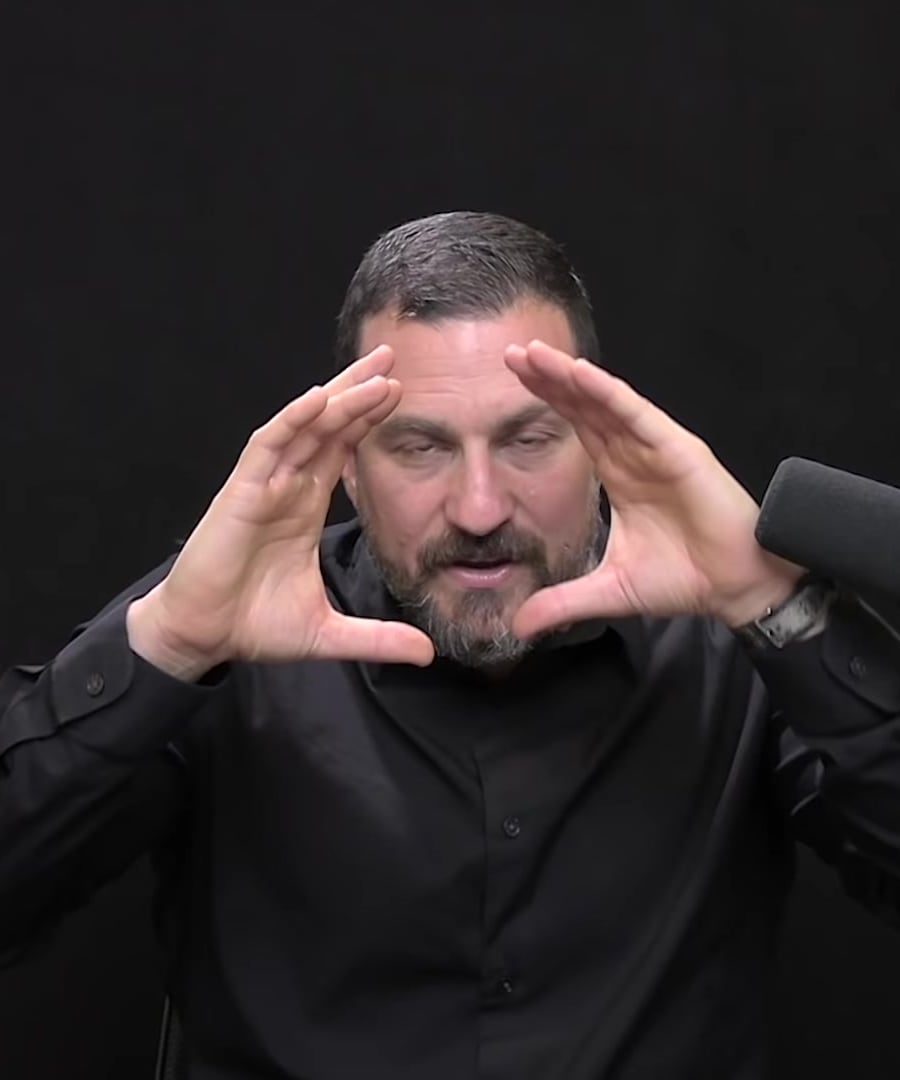focus practise
Sources:
Focus Practice Techniques
-
Refocus Meditation:
- A key method for improving focus and concentration involves continually refocusing from a state of distraction. This practice simulates driving between lane markers, requiring regular corrections.
- A recommended approach involves a 13-minute daily meditation where you focus on a spot just behind your forehead, expecting distractions and redirecting focus back to this spot. This not only trains your brain's focus circuits but also enhances memory and sleep 1.
-
Visual Focus Tools:
- Altering your visual focus can directly influence your cognitive focus. Directing attention to a specific visual target, such as the tip of a pen, limits distractions and sharpens mental focus.
- Schools in China utilize methods where students focus on a single location, enhancing their ability to maintain and regain focus when distracted. Such practices recruit neural circuits including the prefrontal cortex 2.
-
Covert and Overt Focus:
- 'Overt focus' involves directly looking at an object, aligning both visual and cognitive focus. This could be enhanced by wearing a hoodie or narrowing your field of view, simulating a "tunnel vision" effect.
- 'Covert focus' is a more advanced technique where you fix your gaze in one direction while concentrating mentally on another area. This method harnesses peripheral vision and is useful for scanning environments without direct gaze 3.
-
Enhancing Visual Attention:
- Manipulating visual attention by narrowing or widening it can influence neurochemical levels that affect alertness and focus. Holding visual focus on a spot can increase neurochemicals that raise alertness and focus 4.
-
Focusing Visual System for Neuroplasticity:
- Focusing your visual system specifically at the distance of your work task can trigger neuron activation in the brain stem, promoting the release of focus-enhancing neurochemicals. This is critical for tasks requiring intense concentration 5.
-
Blinking and Focus:
- Lesser blinking can help maintain mental focus. Reducing the frequency of blinking keeps your eyes wide open, sustaining alertness and creating a tunnel of focus 6.
These methods provide a comprehensive set of tools for enhancing focus through both mental and visual training techniques. They involve neuroplastic changes in the brain that improve your ability to focus and remain attentive over time.
RELATED QUESTIONS-
focus practise
- RELATED QUESTIONS





